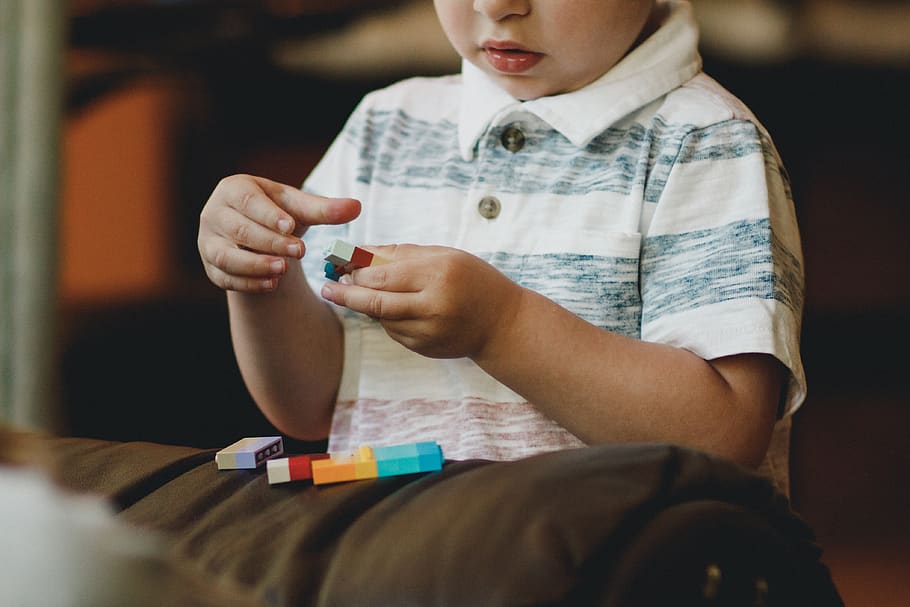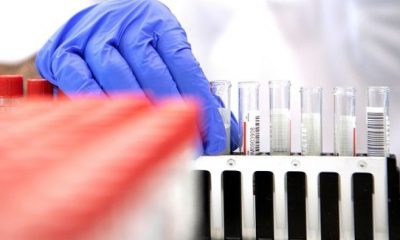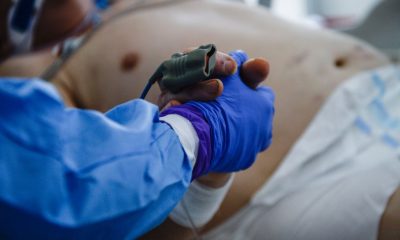Compared to adults, children have a lower COVID-19 infection rate. New research suggested that this is due to the lining of their noses, which helps inhibit infection and replication of the virus.
It’s generally known that SARS-CoV-2, the virus behind the ongoing COVID-19 pandemic, is milder in children than adults when it comes to symptoms. Additionally, children seemed to have a lower infection rate.
But for the longest time, the factors that drove this pediatric resistance were unknown, with previous studies only suggesting a few theories why COVID severity seemed to rise with age.
A new study published Monday in the open access journal PLOS Biology suggested that children’s nasal epithelium (lining of the nose) helped inhibit infection and replication of the original SARS-CoV-2 virus and the delta variant. But the same cannot be said for the omicron variant.
The researchers wanted to understand lower infection and replication of ancestral SARS-CoV-2 virus in children, so they obtained samples of primary nasal epithelium cells (NEC) from 23 healthy children aged 2-11 and 15 healthy adults aged 19-66 in Australia. The researchers exposed the cells of adults and children to SARS-CoV-2 before observing the infection kinetics and antiviral responses.
The researchers observed that ancestral SARS-CoV-2 replicated less efficiently in the NEC of children, on top of being associated with a heightened antiviral response. The same lower viral replication was observed with the delta variant but not the newer omicron variant.
The researchers noted that their study did have limitations, such as having a small sample size. Pediatric protection from emerging variants has yet to be qualified, and futural clinical studies are needed to validate the findings.
“We have provided the first experimental evidence that the pediatric nasal epithelium may play an important role in reducing the susceptibility of children to SARS-CoV-2. The data strongly suggest that the nasal epithelium of children is distinct and that it may afford children some level of protection from ancestral SARS-CoV-2,” wrote principal author Kirsty Short of the University of Queensland in Brisbane, Australia.
















